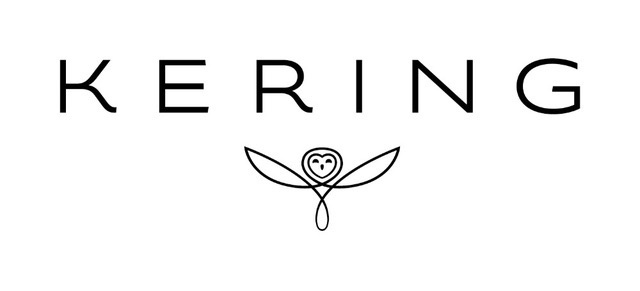Environmental
How Kering Measures Biodiversity In Its Cotton Supply Chain
Kering has been using both the Biodiversity Impact Metric Tool and the Conservation Hierarchy framework based of - “Avoid, Minimise, Restore and Transform (also referred to as Off-Set)” - to drive actions across its supply chains including its cotton sourcing with some surprising results.
The Biodiversity Impact Metric, created by The Natural Capital Impact Group at the Cambridge Institute of Sustainability Leadership together with leading academics and NGOs, is designed to give businesses wh…
Join CO to access this content
Common Objective (CO) is the global platform for sustainable fashion. Join 50,000+ industry members committed to doing fashion better, access 300+ resources and tools, attend inspiring events and grow your network.
Sign up for free
